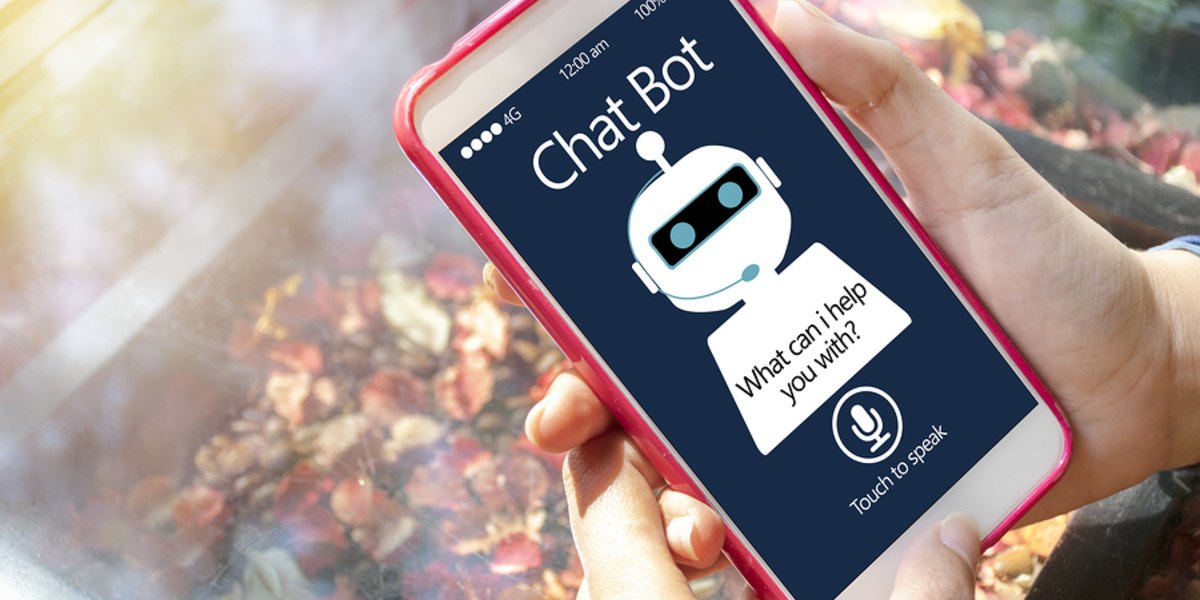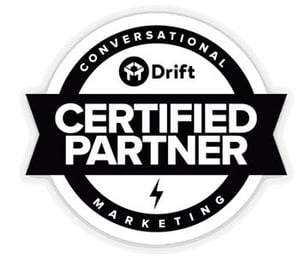
If you're intimidated by the idea of using chatbots to grow your business, you're not alone. The idea of trusting a machine to do certain tasks generally done by humans can be unsettling.
Truthfully, though, robots aren't gearing up to take over the world. These tools are meant to make your life easier. Chatbots can revolutionize your businesses' digital marketing strategy.
These AI-based programs are built to engage with received messages in real-time. They can be programmed to respond the same way each time or produce customized answers, even adapting over time through machine learning. These bots can be deployed through a website, SMS text, and social media platforms like Twitter and Facebook.
Chatbots have only been trendy for a few years, but their many uses have continued to expand. Whether you've dabbled with the technology yet or are still on the fence, here are several ways that you can incorporate chatbots into your existing digital marketing strategy.
1. Communicate with website visitors
One of the best things you can do with a chatbot is to use it to communicate with the visitors to your website. This can take a ton of work off of your shoulders, and it serves your customers as well.
When visitors arrive on your site, they usually have some questions or are looking to solve a problem. If they can't get an answer quickly, they may leave and never return.
This is where a bot can jump in and give you and your visitors a hand. According to Econsultancy, 57 percent of customers prefer communication through live chat.
You can create a customized bot that answers frequently asked questions in a conversational tone. It can also provide some basic service after the sale support to your customers.
 2. Qualify your leads
2. Qualify your leads
Lead management can be an ongoing challenge for any business. Fortunately, chatbots can get the ball rolling by qualifying some of your leads.
You might refer to these as lead bots, and they work surprisingly well. One company that specializes in this is Drift, and Connection Model is a Drift Certified Partner.
You can program questions in your lead bot to determine where a customer is in the sales funnel, and the system works seamlessly alongside your existing strategies.
Some of Drift's clients have seen incredible success with the system, such as 400 percent increases in conversions, 300 percent increases in website engagement, and 40 percent more demos.
3. Organize your team
When you're building your brand and getting your message out, your team needs to be on the same page. There are a ton of moving parts to an effective digital marketing strategy, and you can use a bot to help keep your team organized.
Nikabot and Standup Bot are just a few examples of tools that your team can use to manage its marketing program through ongoing communication. These are particularly useful if you have members that are working remotely.

4. Conduct research
The use of robots in work has grown as a behind-the-scene tool to get things done. They can put rivets in your thingamabob and give humans a rest, and send out thousands of emails in a few seconds.
You can also now use a chatbot to conduct various types of research for your marketing efforts that would otherwise take many human hours to complete. For example, GrowthBot can answer questions for you, and you can access it with Messenger, Twitter, and Slack.
Aside from answering questions, chatbots can be invaluable for providing key information about your target audience. Through casual conversations in a chat, you can collect demographic and psychographic data about the people that are most interested in your products and services.
Believe it or not, many people feel comfortable messaging about their wants, needs, and preferences. You can store and compile this data to get a better understanding of your audience.
5. Personalize the user experience
No one likes to be treated like just another number. According to one study, 71 percent of consumers prefer ads that are personalized.
Chatbots can help you personalize the customer experience, and they do this by asking a series of questions or pulling from stored data on previous interactions.
For example, Facebook Messenger bots can be configured for personalization. The user receives a set of options, and the results will be based on the answers provided.
Part of personalization is referring to the customer by name, and then moving through the conversation (and sales funnel) with them at their chosen pace.
6. Sell your products
Having another channel to convert visitors into customers is nothing short of a goldmine, and chatbots have proven to be effective in engaging visitors and driving sales.
Many companies are selling through chat, but one example is H&M, which uses a platform called Kik.
When a consumer uses the H&M bot, they enter a friendly conversation with a robot that wants to learn about their likes and dislikes. When enough information is gathered, the bot offers product choices with links to save or purchase the items.
7. Integrate with messaging apps
It's a common misconception that you have to learn an entirely new platform to use chatbots, although the standalone ones are incredibly simple to configure and maintain.
There are many bots that integrate into existing platforms such as Messenger and Slack. Slack bots are best used for behind-the-scenes marketing coordination while Messenger bots work well with leads.
Within Slack, you can use MazenBot for SEO and rankings information and Birdly to track certain marketing-related expenses. There are countless chatbots available for Messenger to sell products to and engage with consumers.
If you're not using chatbots yet, there's a good chance that your competitors already are. Consumers prefer the speed and convenience of these tools, and they can provide other efficiencies to your business that are time- and money-savers.
Contact us to learn more about how Connection Model can help you incorporate conversational marketing into your growth strategy.
Written By: David Carpenter



